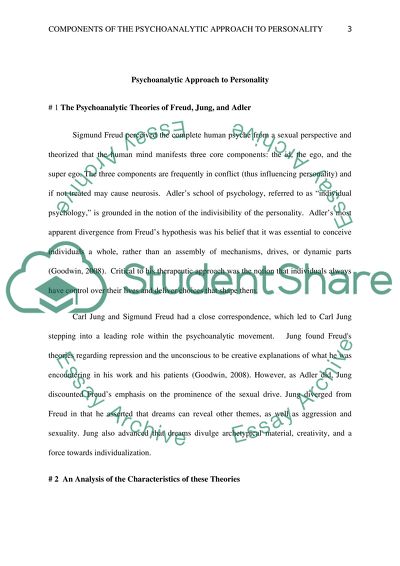Cite this document
(“Analyzing the components of the psychoanalytic approach to personality Essay”, n.d.)
Retrieved from https://studentshare.org/psychology/1608851-analyzing-the-components-of-the-psychoanalytic-approach-to-personality
Retrieved from https://studentshare.org/psychology/1608851-analyzing-the-components-of-the-psychoanalytic-approach-to-personality
(Analyzing the Components of the Psychoanalytic Approach to Personality Essay)
https://studentshare.org/psychology/1608851-analyzing-the-components-of-the-psychoanalytic-approach-to-personality.
https://studentshare.org/psychology/1608851-analyzing-the-components-of-the-psychoanalytic-approach-to-personality.
“Analyzing the Components of the Psychoanalytic Approach to Personality Essay”, n.d. https://studentshare.org/psychology/1608851-analyzing-the-components-of-the-psychoanalytic-approach-to-personality.


